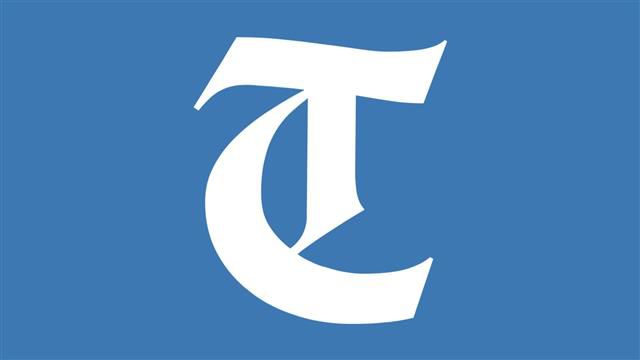The man we called ‘Mr UPSC’
IT was in the late 1950s in New Delhi that my friends and I would meet after office hours, almost five days a week, at India Coffee House, then located where the Jeevan Bharti building stands today.
Since none of us could afford a car, we would park our cycle or scooter behind Regal Cinema, and present ourselves to “Jain Saab”, owner of a paan shop. He would tell us who was already in and would collect our messages. We would then proceed to the coffee house, where a bearer used to reserve our table for us after 5.30 pm.
Our cohesive group comprised budding journalists, who had been students of Prof PP Singh, Head of the Department of Journalism, Panjab University — the only school of journalism in India that had started in Lahore and moved to Delhi in 1947.
Some of us were working either in newspapers or government departments. Promotions were based on seniority, or were out of turn if you were lucky to come through the UPSC, which would recruit people for all departments.
One evening, a friend Dhillon, who was working with the Central Health Education Bureau, brought along a balding young man and introduced him thus: “Meet Mr Nayyar, who works in the UPSC and is a car mechanic.” We christened him “Mr UPSC”.
Dhillon explained that Mr Nayyar would be able to reveal to us in advance the identity of the UPSC member as well as name(s) of the expert(s). This crucial information would be available to us a day or two in advance. This would help us prepare well for the interview, knowing the personalities and expertise of the interview board.
In those days, a typical UPSC interview board comprised the commission member as chairperson and an expert(s) selected by the commission according to the nature of vacancy, a subject matter specialist, and a department representative. Thus the board consisted of four-five members. The UPSC member would begin the interview by asking questions to judge the candidate’s suitability for a particular job, followed by the expert and lastly, the department representative.
Now you can understand why the information provided by Mr Nayyar was crucial. Let me give an example of my own interview. For one of the jobs I got selected by the UPSC, the chairman was Mr CV Mahajan, who had been Vice-Chancellor of Agra University before his appointment at the UPSC. I had graduated from this university. Mr Mahajan asked about my subjects for BSc degree. “Sir, physics, chemistry, economics and general English,” I said. Mr Mahajan looked perplexed and exclaimed which “stupid” university grants such a degree. I had come prepared, courtesy Mr Nayyar, and responded coolly: “Sir, would you like to see my original degree certificate signed by none else but your good self?” I think my answer floored him. I was selected.










